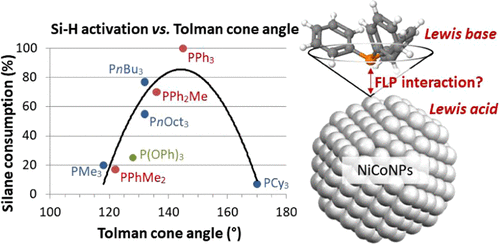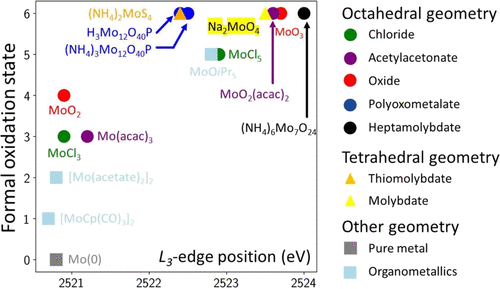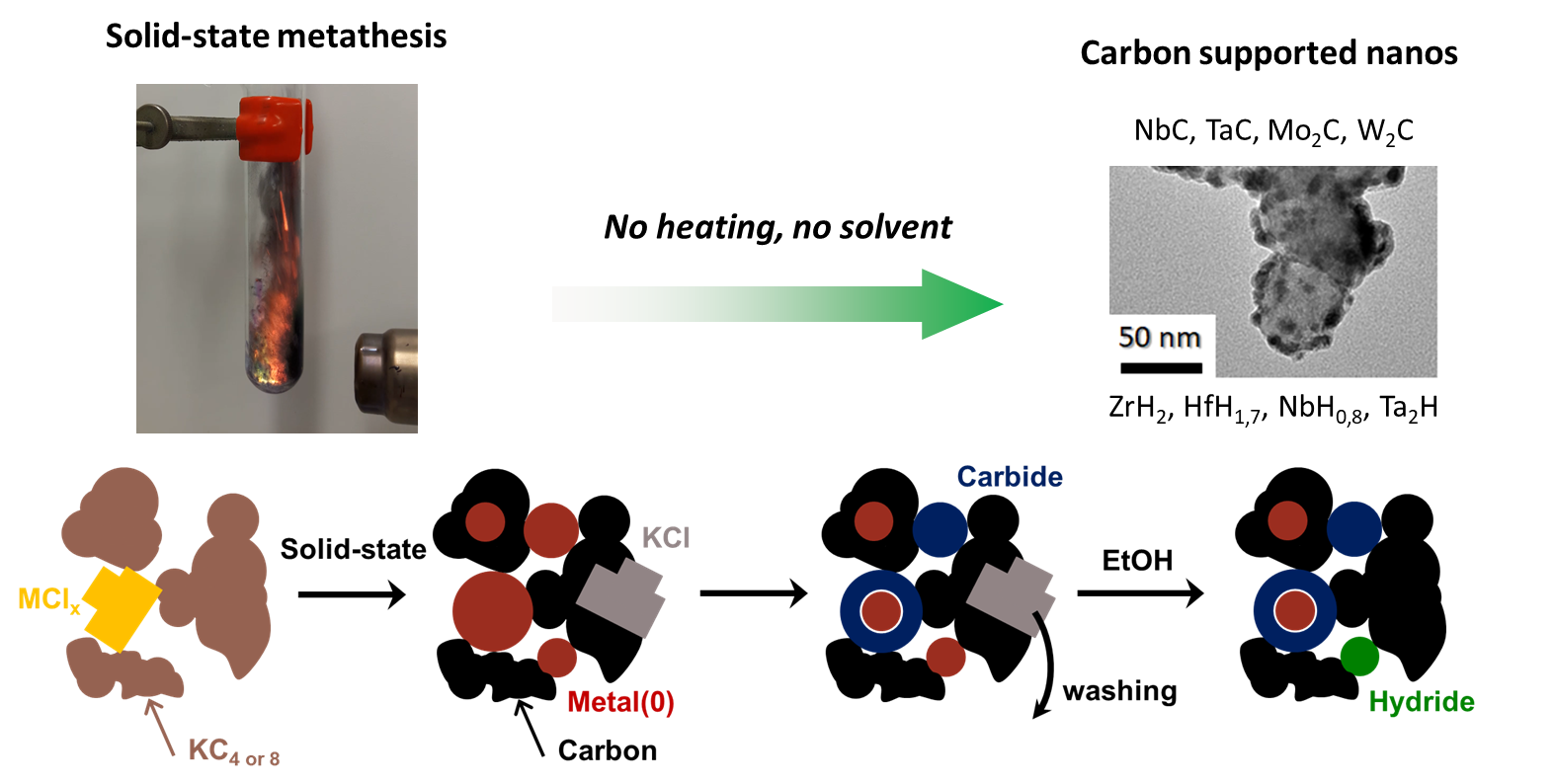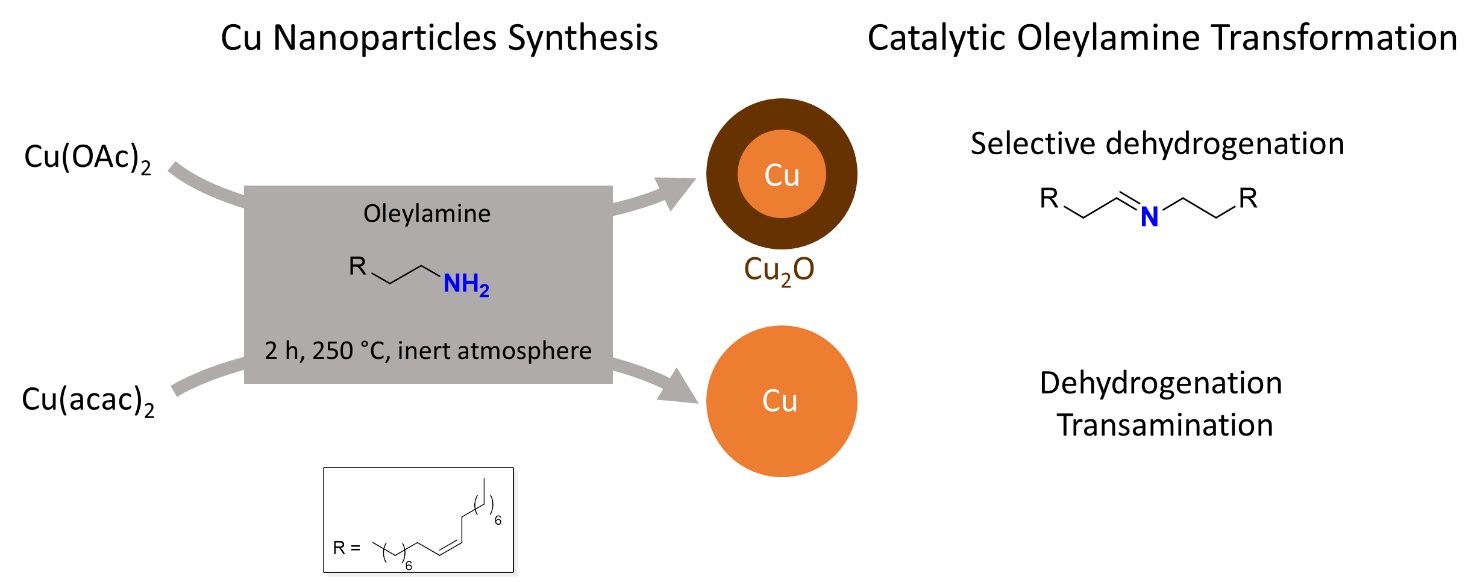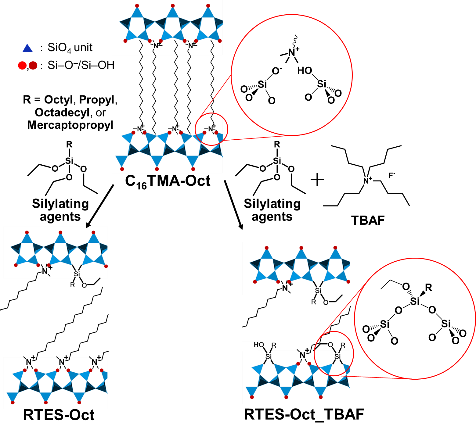Publications
| 2025 (1) | |||
| 2024 (7) | 2023 (5) | 2022 (3) | 2021 (5) |
| 2020 (3) | 2019 (12) | 2018 (5) | 2017 (3) |
| 2016 (4) | 2015 (2) | 2014 (4) | 2013 (7) |
| 2012 (7) | 2011 (1) | 2010 (2) | 2008 (1) |
2021 | Articles and Reviews
Phosphines Modulating the Catalytic Silane Activation on Nickel-Cobalt Nanoparticles, Tentatively Attributed to Frustrated Lewis Pairs in a Colloidal Solution
A. Palazzolo, S. Carenco. Chem. Mater. 2021, acs.chemmater.1c03105. |
Guidelines for the Molybdenum Oxidation State and Geometry from X-ray Absorption Spectroscopy at the Mo L2,3 -Edges
A.P. Freitas, R. F. André, C. Poucin, T. K.-C. Le, J. Imbao, B. Lassalle-Kaiser, S. Carenco. Guidelines for the Molybdenum Oxidation State and Geometry from X-Ray Absorption Spectroscopy at the Mo L2,3-Edges. J. Phys. Chem. C 2021, 10.1021/acs.jpcc.1c01875. |
Early Transition Metal Nano-carbides and Nano-hydrides from Solid-State Metathesis initiated at Room Temperature
R. F. André, F. D'Accriscio, A. P. Freitas, G. Crochet, C. Bouillet, M. Bahri, O. Ersen, C. Sanchez, S. Carenco, Green Chem., 2021, 10.1039/D1GC01097B |
Influence of Copper Precursor on the Catalytic Transformation of Oleylamine during Cu Nanoparticles Synthesis
A. Pesesse, S. Carenco, Cat. Sci. Tech.., 2021, 10.1039/D1CY00639H. |
Interlayer Silylation of Layered Octosilicate with Organoalkoxysilanes: Effects of Tetrabutylammonium Fluoride as a Catalyst and Functional Groups of Silanes
M. Yatomi, M. Koike, N. Rey, Y. Murakami, S. Saito, H. Wada, A. Shimojima, D. Portehault, S. Carenco, C. Sanchez, C. Carcel, M. Wong Chi Man and K. Kuroda, Eur. J. Inorg. Chem., 2021, ejic.202100050. |
